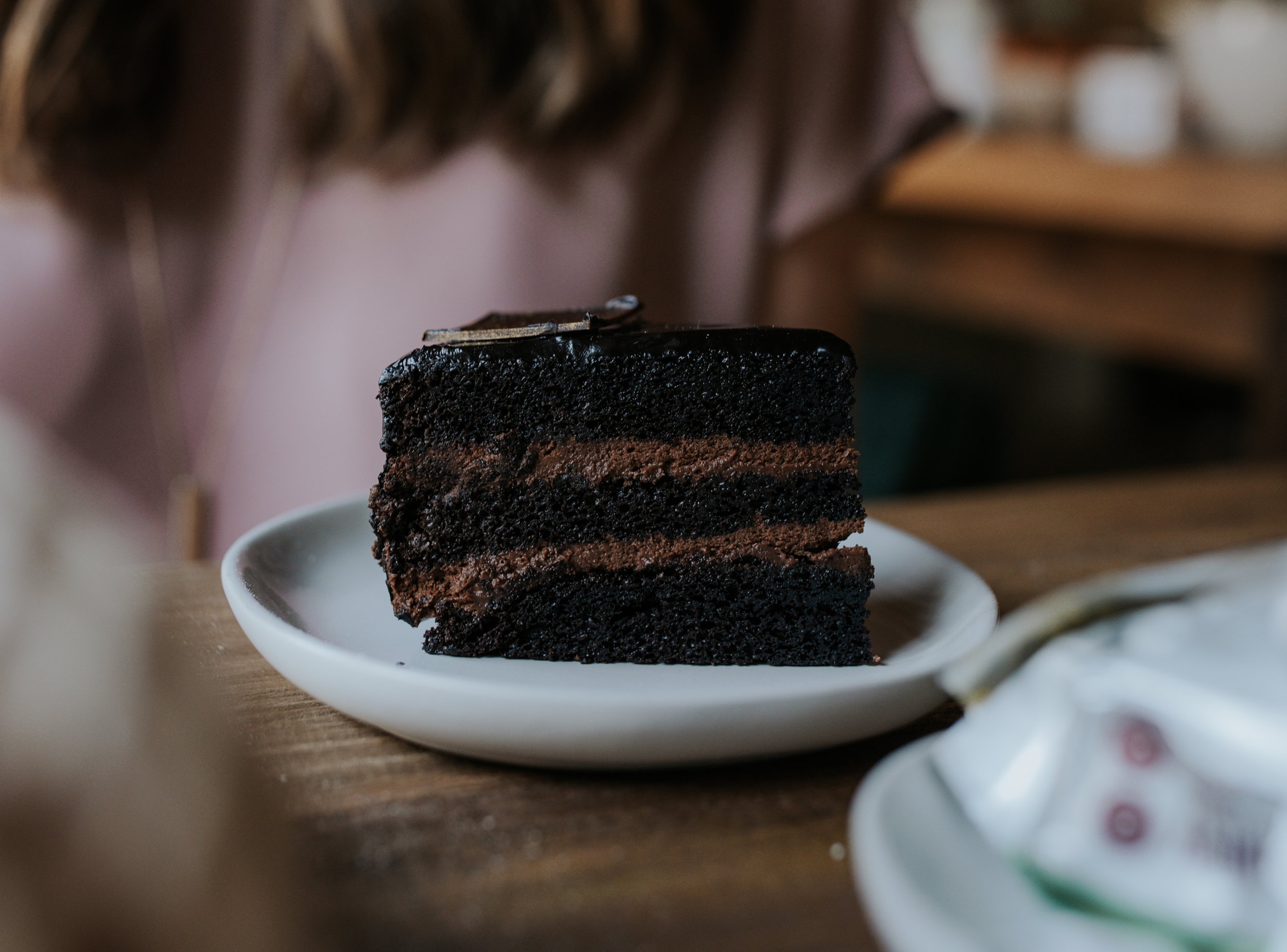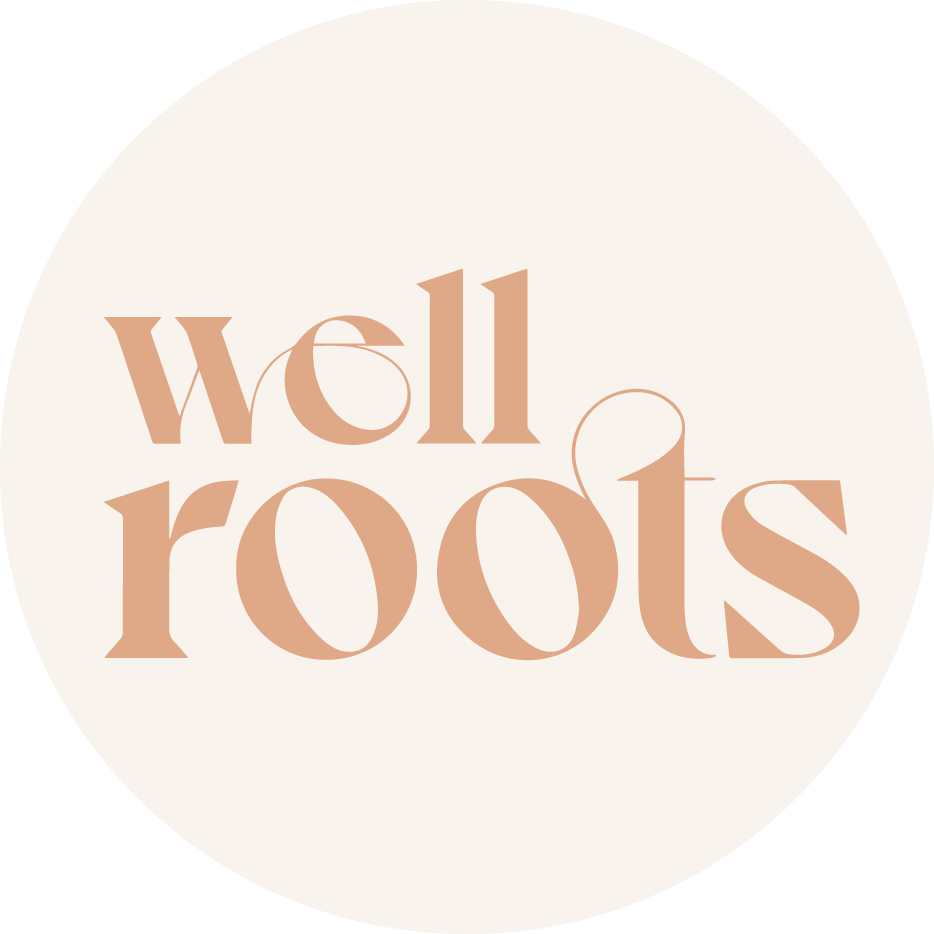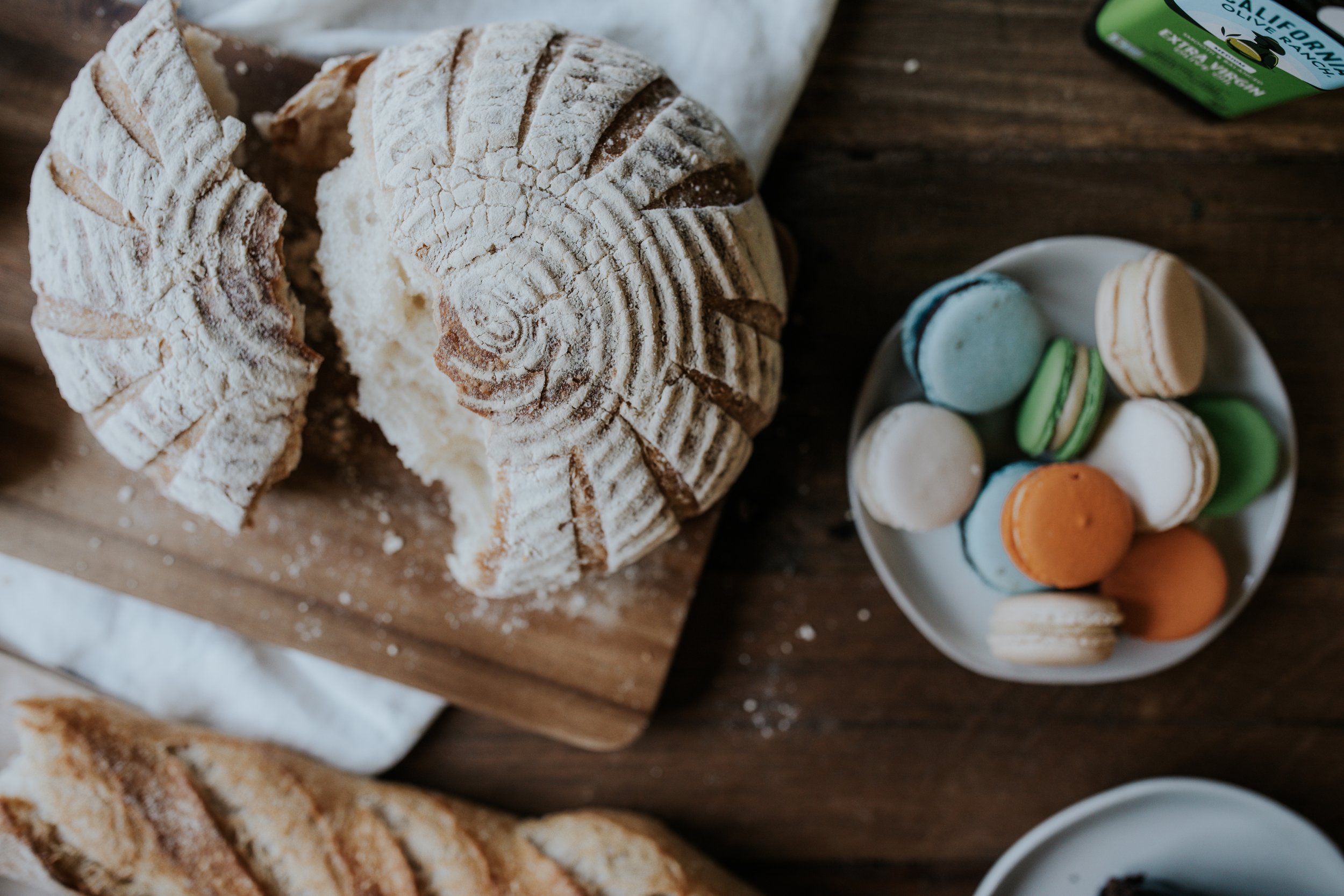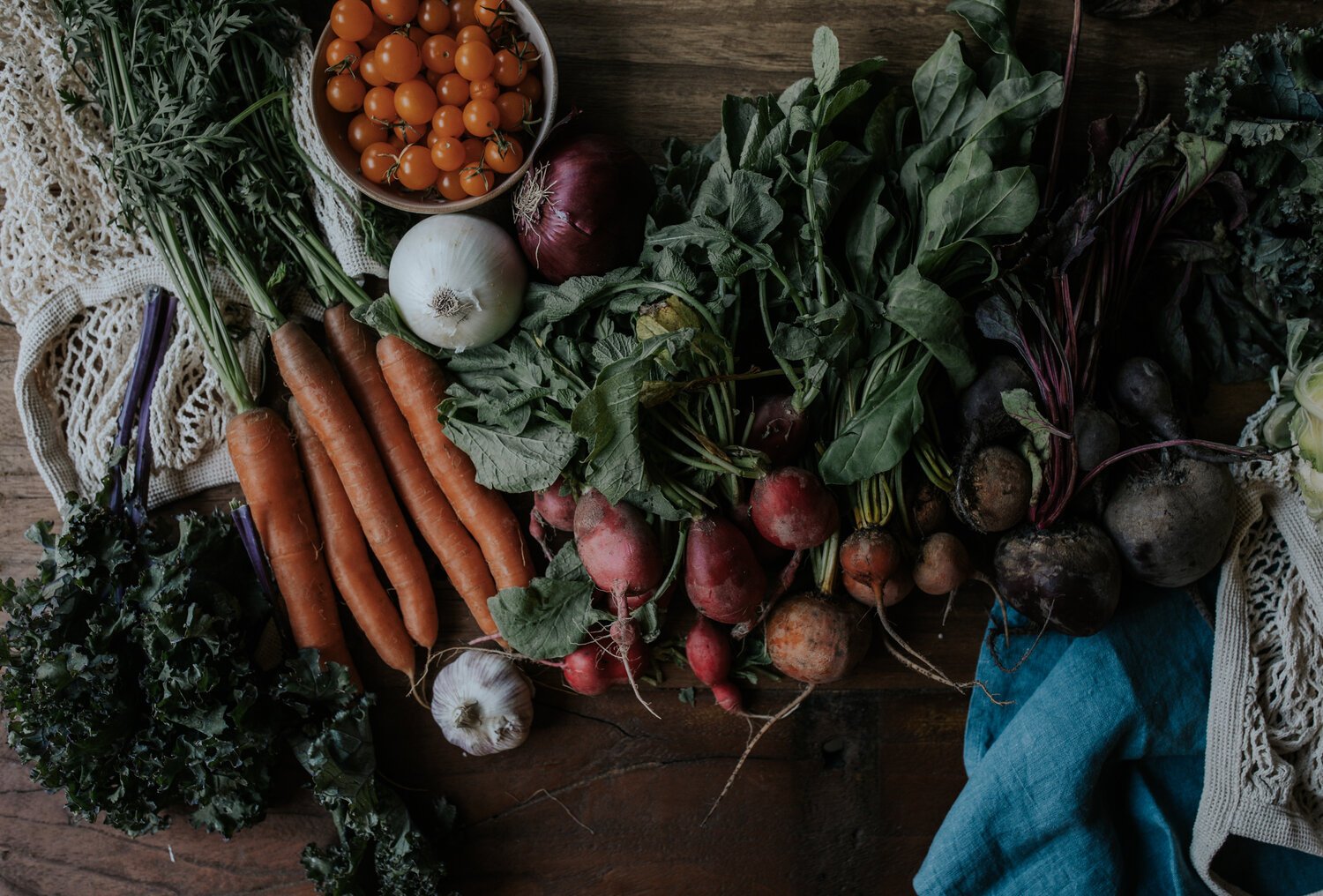
what’s your food IQ?
A masterclass in understanding ingredients labels.
Learn what science says about the food you’re eating, so you can make more informed food choices.
what’s hiding in your “health” foods?
Good decisions come from good information.
Cut the Crap is your comprehensive guide to understanding food labels, so you can stop being fooled by trendy health claims and feel confident about what goes in your body.
In a recent Harvard study, it was found that 29-47% of participants chose a less-healthy food option based solely on clever marketing terms used on the food packaging. Food marketers are paid to make you feel good about buying their product. Period.
They count on you being ill-informed, and they are great at doling out warm-and-fuzzies for choosing that “plant-based” label, even if it’s also loaded with junk that wreaks havoc on your liver, blood sugar levels, gut health, and hormones.
Get informed. Learn to transform your health and save the planet.
course FAQ
-
Nope!
This course is designed to help you look at food labels and understand food sourcing, manufacturing practices, and farming practices.
The course is also designed to help you decide what’s best for you and your family based on your access to food, budget, food allergies, etc., so you can stop relying on diets and health trends.
That’s the end goal!
-
Cut the Crap is a self-paced course so you can go at your own speed.
You know you better than anyone.
Make time for what you prioritize.
-
From start-to-finish, it depends on what time you put into it.
As for each module, there are 10 modules, each containing about 5-10 minutes of reading content, and videos ranging 2-22 minutes each.
On average, you can expect to spend about 15-30 minutes on each module.
If you like to dig into the research, like I do, you can expect it to take a bit longer. (:
-
There is no time limit! You have access to the content for as long as the course exists.
See Terms and Conditions for our refund policy.
-
-
Click here to send me an email.
course modules
-
Most of us are heavily misinformed about what makes a food healthy or not, and yet, it seems to be a common value many of us share.
That’s why the first two modules teach you to connect with your own values and needs so that you can make food choices that are best for you and your family.
-
Which is better for health? For the environment? For the health of the workers?
Who gets to use the term “organic” on their food labels?
How do you know if it’s really organic or not?
-
Fat is important to health, but fatty acids can very easily become oxidized and thus, harmful to your health.
Learn to choose quality fats that have not been oxidized, and how to use them safely in your home.
-
It’s probably not news to you that consuming non-food ingredients is unhealthy and can actually be harmful.
This module teaches you to spot non-food ingredients on food labels, and understand how they impact your body.
-
Learn how your body processes different types of sugars and what to look for on the label, so you can eat healthy without giving up your favorite sweets.
-
I come across so many people who have gone gluten free based on a health trend or TikTok - but is it right for you?
Learn how grains impact your health, how monocrop grains impact the environment, and which grains give you the most bang for your buck.
-
The misinformation used to push plant-based eating as a way of eating healthier and saving the planet, is astounding.
This module provides heavily researched information on farming methods and sourcing, and helps you to know what to look for on food packaging that aligns with your goal to save the planet.
-
When it comes to cookware and food storage, many of us are drawn to convenience.
That convenience comes at a cost. Learn the details in this module.
-
I believe it’s important to make choices that actively align with your values.
That’s why Cut the Crap includes a PDF workbook that takes you through your kitchen step by step, to begin putting your new knowledge into action.
The workbook can be used digitally or printed.
3 things you didn’t know about food labels
-
Unless you see a certification stamp on the label, the term “organic” is not highly regulated.
-
Consuming a poor balance of macronutrients (protein, fat, carbohydrate) teaches your body that less stomach acid is needed, causing symptoms of heartburn (really!), IBS symptoms, and increased inflammation.
-
If your body tolerates real dairy, your plant-based milk is not a healthier option.
Sourcing is just as important a factor as ingredients.
2:00am bladder call is rooted in poor food quality
Take control of your symptoms and discover what true health feels like. The quality of food you eat has a far greater impact on health than calories.
If the foods you eat add starches, gums, flavorings, or colors in order to mimic or create a texture, these ingredients are contributing to toxic burden and a heightened state of chronic stress, causing sleep issues, miserable periods, weight gain, and digestive issues.
Ditch the sleep aids and antacids, and stop relying on TikTok for your health choices.
easy to digest
You don’t have time or resources to do the research behind trendy health claims.
But I do.
I’ve done the research and compiled the results into 10 easy-to-follow modules, complete with videos, references, reading materials, and a workbook to help you bring what you learn into reality.
go at your own pace
Cut the Crap is online and self-paced. Complete the 10 modules in bigger bites, or spread it out over a few weeks.
you get to choose
This course is designed to give you the facts so you can make more informed decisions based on your budget, your food tastes, and your accessibility to foods.
meet your instructor
Hilary Beckwith
Quirky nutrition expert, roller skater, ex-dieter, pet hedgehog owner, and bringer of great snacks!
Hilary has a long history of health conditions that used to leave her feeling broken and alone.
After learning to resolve her symptoms on her own and now a practitioner who is Board Certified in Holistic Nutrition, she helps women understand and trust their body, so they can feel like themselves again.











